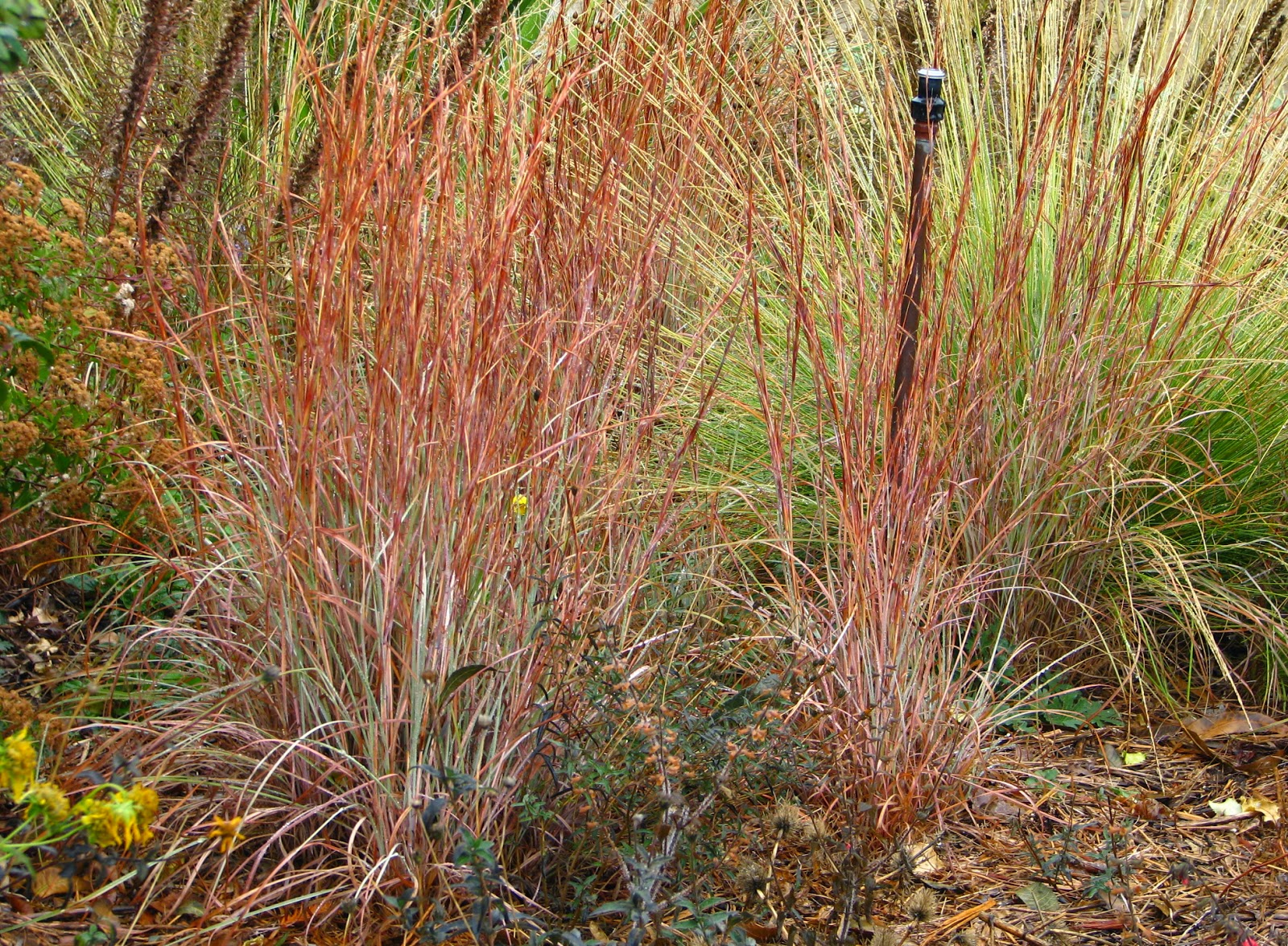Two weeks ago, my last post was about the peak bloom of the Gayfeather and the peak migration of the monarch butterflies.
There is still a little color from the Gayfeather, but it is well past its peak now. It is kind of sad that this plant grows (and takes up garden space) for six months out of the year and only blooms for about three weeks. Even so, it is special when the plants are in bloom because the timing seems to be coordinated with the migration of the monarchs.
There are still a number of monarchs hanging around the garden. Even though there are still a few Gayfeather blooms in the garden, the monarchs have turned their tastes to the Gregg's Mistflower. This monarch has some damage to its wings. It must make the trip to Mexico a little more difficult.
The monarchs are joined by as many queen butterflies this week. The Gregg's Mistflower really brings them into the garden.
Ever wonder how to tell the difference between a monarch and a queen? The photo above is a monarch. The thick black lines on the open wings give them a stained glass appearance.
This queen butterfly does not have the dark lines. This is the easiest way for me to identify the butterfly. This queen happens to be a male. You can tell by the dark spots on the wings near the tail. Male monarchs have similar spots.
It is a little harder to identify the butterflies when their wings are closed.This is a monarch with its wings closed. The wings are a little lighter on this side and the black stained glass lines are still present.
The queen, on the other hand, is dark orange on the outside. It has narrow black lines which are broken up by white dots.
Earlier this year, I bought a different type of mist flower. Blue Mistflower, Conoclinium coelestinum, looks similar to Gregg's Mistflower, however the leaves are rougher and not as deeply cut as Gregg's Mistflower. Blue Mistflower only blooms in the fall and Gregg's usually begins blooming in early summer.
Blue Mistflower is supposed to be a more invasive than Gregg's. My Blue Mistflower is still in a pot because I am not sure how it will behave. I placed the pot next to the Gregg's to see how the flowers compared in attracting butterflies. Blue Mistflower did attract butterflies, but it seemed that Gregg's Mistflower was preferred.
Here is a skipper on a Zexmenia flower. Aromatic Aster is in the background.
A gulf fritillary is feeding on the flowers of Obedient Plant, Physostegia virginiana. This is another aggressive spreader, although its spread may be limited by lack of moisture. It is growing in the rain garden where it can be contained to a degree. This may be a good location for the Blue Mistflower too.
There were a few other varieties of butterflies in the garden. The only other one that posed for photo was this gray hairstreak.
This grasshopper is one of many in the garden. They are everywhere, but don't seem to be doing any damage to the plants.
This is probably my last photo of Gayfeather for 2014. There are still a few more flowering plants in the garden that are waiting for their time to shine. The next one on the schedule is Fragrant Mistflower.























































